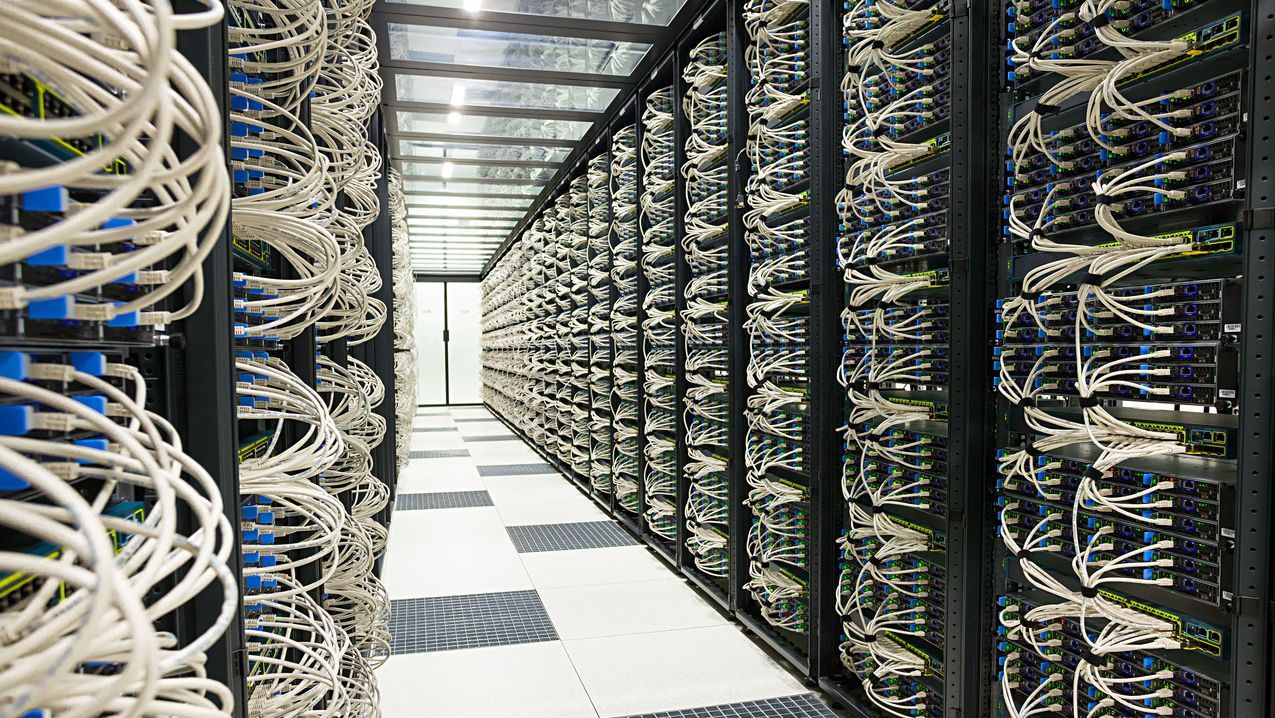- China’s cloud rescue plan aims to sell leftover CPU power from idle government data centers
- Despite massive investment, many Chinese data centers run at only 20 to 30 percent capacity
- Old CPUs cost money even when idle, China wants to monetize them before they expire
China is shifting its approach to managing excess data center capacity by proposing a new nationwide system to redistribute surplus computing power.
Following a three-year boom in infrastructure development, many local government-backed data centers now face low utilization and high operating costs.
As data centers get older and fewer new customers need their services, the Chinese government aims to revive the sector’s viability through a coordinated national cloud service that would unify computing resources across regions.
A coordinated response to growing inefficiencies
The proposal, driven by the Ministry of Industry and Information Technology (MIIT), involves building a network that allows surplus CPU power from underused data centers to be pooled and sold.
According to Chen Yili of the China Academy of Information and Communications Technology, “everything will be handed over to our cloud to perform unified organization, orchestration, and scheduling capabilities.”
The goal is to deliver standardized interconnection of public computing power nationwide by 2028.
The glut emerged from the “Eastern Data, Western Computing” initiative, which encouraged building data centers in less populated, energy-rich western regions to serve the more developed eastern economic zones.
But many centers, despite housing some of the fastest CPUs, now sit idle, and this is a serious concern because data center hardware has a definite lifespan.
Also, CPUs and their related components are costly to acquire and can become outdated quickly, making unused infrastructure a financial liability.
Data centers are expensive to operate, and cooling systems, electricity, and maintenance consume major resources.
So when high-performance workstation CPUs are left underutilized, they still incur ongoing expenses, which is very bad for business.
Utilization rates reportedly hover between 20% and 30%, undermining both economic and energy efficiency.
Over 100 projects have been canceled in the last 18 months, a stark contrast to just 11 in 2023.
Despite the setbacks, state investment remains substantial. Government procurement reached 24.7 billion yuan ($3.4 billion) in 2024 alone, and another 12.4 billion yuan has already been allocated in 2025.
The National Development and Reform Commission (NDRC) has stepped in to impose stricter controls.
New projects must meet specific utilization thresholds and secure purchase agreements before approval.
Also, local governments are now barred from launching small-scale computing infrastructure without a clear economic justification.
On the technical front, integrating CPUs from various manufacturers, including Nvidia and Huawei’s Ascend chips, into a unified national cloud poses a serious hurdle.
Differences in hardware and software architecture make standardization difficult, and the government’s original target of 20-millisecond latency for real-time applications like financial services remains unmet in many remote facilities.
That said, Chen envisions a seamless experience where users can “specify their requirements, such as the amount of computing power and network capacity needed,” without concerning themselves with the underlying chip architecture.
Whether this vision can be realized depends on resolving the infrastructure mismatches and overcoming the technical limitations currently fragmenting China’s computing power landscape.
Via Reuters
You might also like
- Microsoft just spent $1 billion on sh*t that’s going to be buried
- These are the best mobile workstations you can buy right now
- We’ve also listed the best mini PCs for every budget
